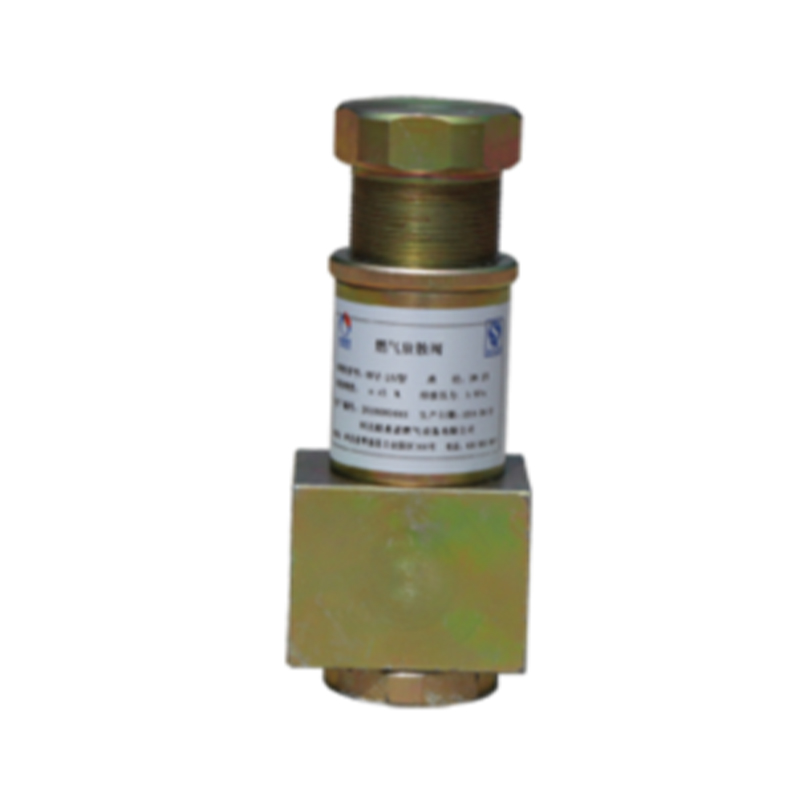
Dec . 27, 2024 03:14
Back to list
Pressure Regulation Valve and Its Importance in Fluid Systems
Understanding Pressure Reducing Valves An Essential Component in Fluid Systems
In various engineering applications, the control and regulation of fluid pressure are crucial for ensuring the safety and efficiency of systems. One of the key components used for this purpose is the pressure reducing valve (PRV). A PRV is designed to automatically decrease the pressure of a fluid to a specified level, making it an essential device in a wide array of industries, from water management to gas distribution and beyond.
What is a Pressure Reducing Valve?
A pressure reducing valve is a mechanical device that reduces the incoming pressure of a fluid to a lower, manageable level before it reaches the downstream system. This is particularly important in systems where equipment and pipelines cannot withstand high pressures. The valve functions by modulating the flow of the fluid, ensuring that an optimal pressure is maintained throughout the system.
How Does It Work?
The working principle of a pressure reducing valve is based on the balance between the incoming pressure and the set pressure desired for the downstream system. The valve has an adjustable spring-loaded diaphragm or membrane that responds to changes in pressure. When the inlet pressure exceeds the setpoint, the valve partially closes, restricting the flow of fluid until the pressure drops to the desired level. Conversely, if the downstream pressure decreases below the setpoint, the valve opens to allow more fluid to flow through, maintaining a consistent pressure.
Applications of Pressure Reducing Valves
PRVs are employed in a wide range of applications
1. Water Supply Systems In municipal water supply networks, pressure reducing valves help prevent damage to pipes and residential plumbing fixtures caused by high pressure. They ensure that water is delivered at safe and comfortable pressures for end users.
2. Gas Distribution In natural gas systems, PRVs regulate pressure to prevent leaks and ensure safe delivery to consumers and industrial customers.
صمام تخفيض الضغط

3. Industrial Processes Many manufacturing processes require specific pressures for equipment to function properly. PRVs are crucial in maintaining these conditions, ensuring both productivity and safety.
4. Heating Systems In heating systems such as boilers, PRVs help control the pressure of water or steam, preventing excessive pressure build-up and potential hazards.
Benefits of Using Pressure Reducing Valves
The installation of PRVs comes with several advantages
- Safety By preventing overpressure situations, PRVs reduce the risk of catastrophic failures in pipelines and equipment.
- Equipment Protection They help protect sensitive equipment from damage due to fluctuating pressures.
- Energy Efficiency Maintaining optimal pressure can lead to more efficient operation of pumps and other equipment, reducing energy costs.
- Regulatory Compliance In many industries, adhering to pressure regulations is a legal requirement, making PRVs essential for compliance.
Conclusion
In summary, pressure reducing valves play a vital role in a variety of fluid systems by maintaining safe and efficient operating pressures. Their ability to respond dynamically to changes in pressure helps protect equipment, enhance safety, and improve overall system efficiency. As industries continue to evolve, the importance of PRVs will likely grow, making them a crucial element in modern engineering and fluid management strategies. Understanding their operation and applications can help engineers and technicians design more reliable and efficient systems across various fields.
Next:
Latest news
-
Safety Valve Spring-Loaded Design Overpressure ProtectionNewsJul.25,2025
-
Precision Voltage Regulator AC5 Accuracy Grade PerformanceNewsJul.25,2025
-
Natural Gas Pressure Regulating Skid Industrial Pipeline ApplicationsNewsJul.25,2025
-
Natural Gas Filter Stainless Steel Mesh Element DesignNewsJul.25,2025
-
Gas Pressure Regulator Valve Direct-Acting Spring-Loaded DesignNewsJul.25,2025
-
Decompression Equipment Multi-Stage Heat Exchange System DesignNewsJul.25,2025

